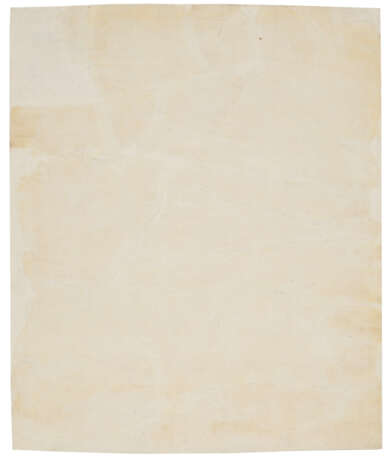ID 883780
Lot 432 | The Bloody Massacre
Valeur estimée
$ 120 000 – 150 000
Paul Revere, 1770
PAUL REVERE (1734-1818). The Bloody Massacre perpetrated in King Street, Boston, on March 5th 1770, by a Party of the 29th Regt. Boston: Engrav'd Printed & Sold by Paul Revere, [March 1770].
"Few prints have influenced history as much as Paul Revere's engraving of the Boston Massacre of 1770." —D. Roylance, American Graphic Arts, Princeton, 1990, p. 48.
Paul Revere's inflammatory engraving "The Bloody Massacre" was one of the most evocative propaganda pieces printed during the American Revolution. Revere lived in Boston and made his living as a silversmith, engraver and metalworker. A member of the Sons of Liberty, a militant group formed in 1765, he produced engravings with proto-revolutionary themes to raise money for the dissident organization. The best known among these are a depiction of the arrival of British troops in 1768 and the present depiction of the March 1770 Boston Massacre. Revere also made a Sons of Liberty punch bowl (Museum of Fine Arts, Boston) in 1768, which is widely regarded as the most famous example of American presentation silver.
The sanguinary events of 5 March 1770 in which five Bostonians died by British musketry took on great symbolic significance in the highly charged tenor of public affairs between England and its colonies, particularly in Massachusetts. Revere immediately recognized the propaganda value of the incident, and "saw the opportunity of furthering the patriot cause by circulating so significant a print" (Clarence S. Brigham, Paul Revere's Engravings, New York, 1969, pp. 52-53). Revere's powerful depiction was based on a sketch of the bloody confrontation by Henry Pelham. Revere's engraving was advertised for sale in the March 26 editions of the Boston Evening Post and the Boston Gazette as "a Print, containing a Representation of the late horrid Massacre in King-street." Two days later Revere noted in his Day Book that he paid the printers Edes & Gill to produce 200 impressions.
Revere was a ringleader in the Boston Tea Party of 16 December 1773, when, in protest of unfairly levied taxes, American colonists dumped tea into Boston Harbor from the British merchant ship Dartmouth. Revere’s exalted place in American legend was cemented by Henry Wadsworth Longfellow's poem "The Midnight Ride of Paul Revere" (1860), which recounted the patriot’s dangerous mission in April 1775 to warn colonists of the impending invasion of British troops. Famously, one lantern would be lit in the steeple of the North Church in Charlestown to alert townspeople if the British were arriving by land, and “two if by sea.”
Brigham 14; Stokes & Haskell, 1770-C-10, Stauffer, 2675. Presumed second state [with a small clock tower reading 10:20 (the clock reading 8:10 in the first state)]. Engraved caption at top, at bottom 18 lines of verse (“Unhappy Boston! See thy Sons deplore...”) and a detailed list of the American casualties: “Saml Gray, Saml Maverick, James Caldwell, Crispus Attucks, and Patrick Carr," plus "Six wounded; two of them (Christr Monk & John Clark) Mortally."
Engraving with hand-coloring, (290 x 240mm). Printed on laid paper (laid down with restored losses to upper right corner measuring 50 x 40mm approx. and affecting 2 words of title, smaller chips along edges and 2 pea-sized chips in background buildings at right, wear and slight losses visible along the many repaired tears, clock-face colored in.) Framed. Provenance: Eric Caren (his sale, Bonham's, New York, 7 April 2014, lot 51.)
| Catégorie: | Impressions d'art |
|---|
| Catégorie: | Impressions d'art |
|---|
| Adresse de l'enchère |
CHRISTIE'S 20 Rockefeller Plaza 10020 New York Etats-Unis | ||||||||||||||
|---|---|---|---|---|---|---|---|---|---|---|---|---|---|---|---|
| Aperçu |
| ||||||||||||||
| Téléphone | +1 212 636 2000 | ||||||||||||||
| Fax | +1 212 636 4930 | ||||||||||||||
| Conditions d'utilisation | Conditions d'utilisation | ||||||||||||||
| transport |
Service postal Service de messagerie ramassage par vous-même | ||||||||||||||
| Modes de paiement |
Virement bancaire | ||||||||||||||
| Heures d'ouverture | Heures d'ouverture
|




